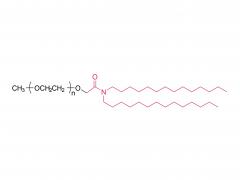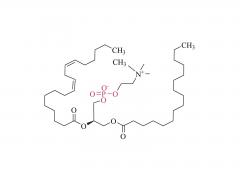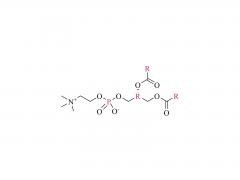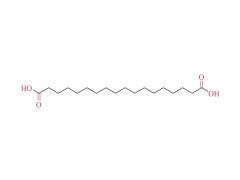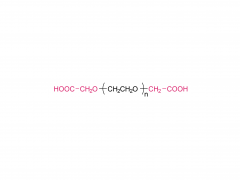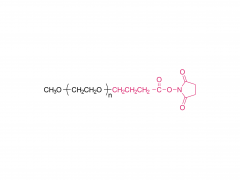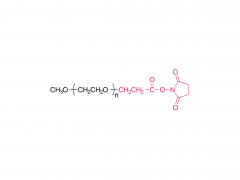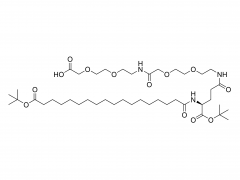
mPEG-CN (Methoxy Polyethylene Glycol-Cyanoethyl) is a functionalized polyethylene glycol (PEG) derivative with a cyano group (-CN) at the end. Its full chemical name is methoxy polyethylene glycol -Cyanoethyl Ether (mPEG-Cyanoethyl ether). This compound has important applications in fields such as biocoupling, material modification and nanotechnology.
1. Structure and Characteristics
PEG segments: Offer excellent water solubility, biocompatibility and low immunogenicity.
Methoxy group (-OCH₃) : Enhances hydrophilicity and improves solubility.
Cyanide group (-CN) : Highly reactive, it can react with amino groups (-NH₂), thiol groups (-SH), and other groups, and can also be used in click chemistry (such as reacting with azides).
Chemical structural formula:
mPEG-O-CH₂-CH₂-CN
2. Physical and chemical properties
Molecular weight range: 350, 550, 750, 1000, 2000, 5000, 10000, 20000, etc. (Customizable).
Solubility: Readily soluble in water, DMSO, DMF, THF and other common solvents.
Storage conditions: It should be stored at -20°C in a dry and dark place to avoid moisture affecting the activity of the cyano group.
3. Main Applications
(1) Biocoupling and protein modification
Cycyanide (-CN) can react with amino (-NH₂) under appropriate conditions, which is used for PEG modification of proteins, antibodies or peptides to enhance stability and half-life.
(2) Click Chemistry
Cyano groups can undergo Huisgen cycloaddition reactions with azides (-N₃) under copper catalysis, which are used for biomolecular labeling or material functionalization.
(3) Drug delivery system
It is used to construct PEG nanoparticles, liposomes or polymer micelles to improve the solubility and targeting of drugs.
(4) Surface finishing of materials
Introducing PEG chains on the surfaces of nano-gold, quantum dots and polymer materials reduces non-specific adsorption and improves biocompatibility.







